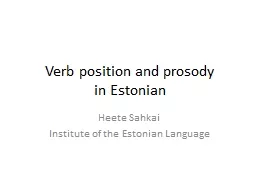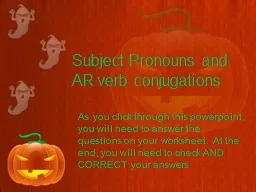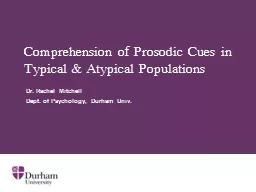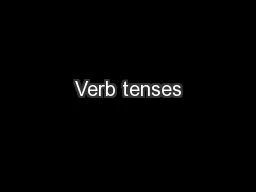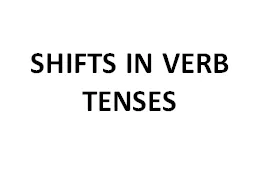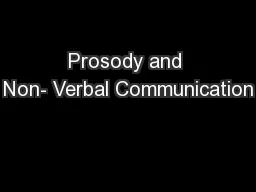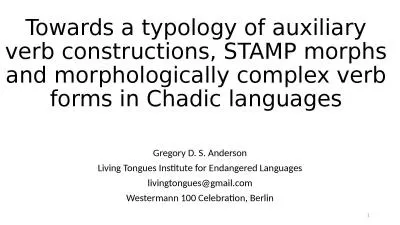PPT-Verb position and prosody
Author : stefany-barnette | Published Date : 2018-03-16
in Estonian Heete Sahkai Institute of the Estonian Language Introduction The generalisations that can be formulated about verb placement in
Presentation Embed Code
Download Presentation
Download Presentation The PPT/PDF document "Verb position and prosody" is the property of its rightful owner. Permission is granted to download and print the materials on this website for personal, non-commercial use only, and to display it on your personal computer provided you do not modify the materials and that you retain all copyright notices contained in the materials. By downloading content from our website, you accept the terms of this agreement.
Verb position and prosody: Transcript
Download Rules Of Document
"Verb position and prosody"The content belongs to its owner. You may download and print it for personal use, without modification, and keep all copyright notices. By downloading, you agree to these terms.
Related Documents

